By Sam McGowan
If a single airplane has captured the public imagination more than any other, it is undoubtedly the North American P-51 Mustang fighter. In the minds of many, including the young fighter pilots who flew it during the final year of combat in Europe, it was the P-51 that allowed the Allies to attain complete air superiority over Europe.
Many of the accolades bestowed upon the Mustang are not quite in tune with the facts, however. The airplane truly did develop into an outstanding fighter—but it did not start out that way. Oddly enough, the design of the Mustang came about completely by accident and was more the result of corporate pride than military necessity. Its subsequent development also was more accidental than by design. The U.S. Army never even wanted the airplane, and the British were not happy with it when they got theirs.
North America Makes Their Own Fighter
Before America entered the war, the British Purchasing Commission placed orders for a variety of American-produced military aircraft, including Curtiss fighters powered by Allison engines, which had been designated as the P-40 Tomahawk by the U.S. Army Air Corps. Curtiss lacked the facilities to meet the British orders and made an offer to North American Aircraft to have them manufacture some planes under license. North American’s president, West Virginian James S. “Dutch” Kindelberger, was not happy with the offer. He proposed instead that his company produce an entirely new fighter that would be built around the same Allison V-1710 engine that powered the P-40. Kindelberger believed his company could produce an aerodynamically superior airplane that could utilize new mass production methods that were just coming into use in the American aircraft industry.
The British asked for a preliminary design study. North American promised that a prototype would be ready to fly in an amazing four months! The North American management convinced Curtiss to furnish them data from the design of their P-40, thus cutting several months of preliminary design from the new fighter project. The company promised the British that they would begin deliveries in January 1941 and would produce 50 airplanes a month through the end of 1941. The British gave the airplane its name—Mustang—apparently adopting the name of the wild ponies that roamed the American West, although no reason for the choice is known. To cut down on production time, North American elected to use a non-turbocharged version of the Allison V-1710 engine, a move that would reduce the airplane’s high-altitude performance.
A Design Ruined by an Underpowered Engine
When the first Mustangs arrived in England, Royal Air Force test pilots quickly discovered that although the new fighter was very agile and fast its performance began to degrade at altitudes above 15,000 feet as the normally aspirated Allison engines lost power. Consequently, the RAF decided to assign the Mustangs to its Army Cooperation Command, which had previously used the light and maneuverable Westland Lysander as its primary aircraft.
The Mustangs were equipped with cameras and assigned to the tactical reconnaissance role, in which the airplane continued for the duration of the war. The first operational use of the RAF Mustangs was in support of the disastrous Dieppe raid in August 1942. It was also in the support role that the U.S. Army Air Corps assigned its first Mustangs, a batch of 57 airplanes that was diverted from the British production immediately after the attack on Pearl Harbor.
Perhaps prompted by the RAF’s use of the Mustang in the Cooperation Command, the U.S. Army decided to adapt the Mustang as a dive-bomber. At the time, the Army’s standard dive-bomber was the Douglas Dauntless, which the Army designated as the A-24. Unfortunately, their lack of defensive capabilities led to heavy losses among the A-24s in the Southwest Pacific in early 1942, a factor that no doubt influenced the decision to seek a more maneuverable and better armed design for dive-bombing.
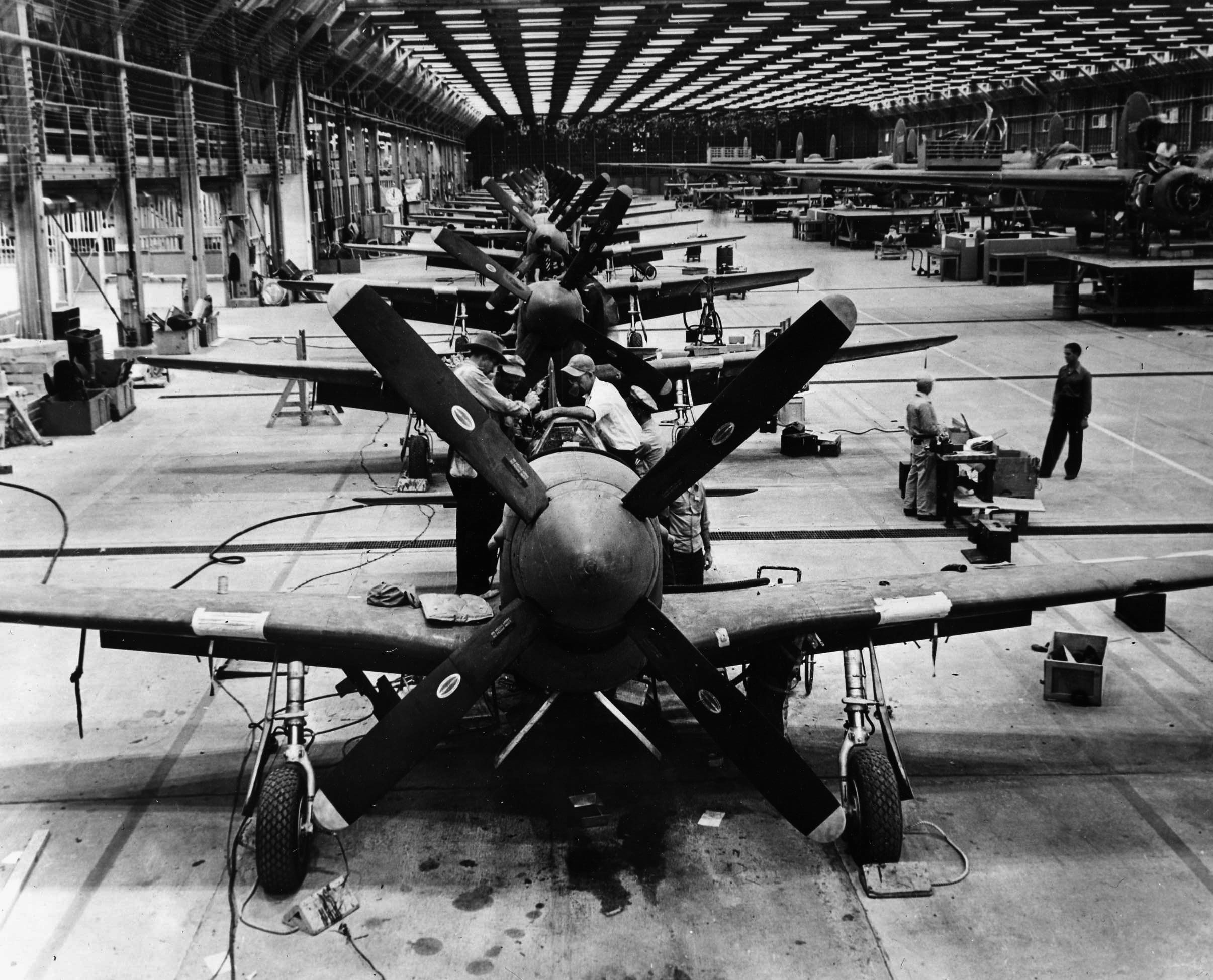
Dive brakes and hard points to carry bombs up to 1,000 pounds were added to the basic design to convert the plane into a dive-bomber, which was designated as the A-36. The 27th and 86th Bombardment Groups (Light) were equipped with A-36s and sent into combat in North Africa in the spring of 1943. RAF Mustangs also saw combat duty in North Africa, although the primary tactical fighters used by the British in North Africa were Curtiss Kittyhawks and Hawker Hurricanes. The 311th Bombardment Group, also equipped with A-36s, was sent to China. Over time, the U.S. Army came to believe that the value of the dive- bomber had been overestimated, and even though more than 300 A-36s were built, they were all eventually replaced either by fighters or light and medium bombers. Dive-bombing would remain popular in the Navy and Marine Corps, but the Army abandoned the practice.
Transforming the P-51 Mustang With the Rolls Royce Merlin Engine
With the decision to assign its new Mustangs to the Cooperation Command, the Royal Air Force elected to continue the development of the already famous Supermarine Spitfire as its primary interceptor. Still, some of the RAF test pilots believed that with a high-altitude engine the Mustang would be suitable for air-to-air combat at the altitudes where combat usually took place in European skies. The turbocharged Rolls Royce Merlin was the ideal candidate, but the entire production of the Merlin-61 was slated for Spitfires.
To increase Merlin production, Rolls Royce contracted with the Packard automobile company in the United States to produce their engines under license. Although famous for its luxury automobiles, Packard had designed and produced the Liberty engine that came into use during the Great War, and which powered U.S.-built aircraft into the 1920s. The first flight by a Merlin-powered British Mustang took place in October 1942. A month later a Mustang powered by a Packard-built Merlin had been produced for the U.S. Army, and it took to the air for the first time.
With the Merlin engine, the Mustang was transformed. Comparisons between Mustangs and Spitfires revealed that the North American design had significantly greater range, while the Mustang’s high-altitude performance had been greatly improved. It was a combination that came about at the right time, as the U.S. Army Air Forces’ experience in Europe had demonstrated the need for a high-performance, long-range fighter.
Converted For Escort Missions
Throughout 1942 and most of 1943, the Mustang fighters sat out the war, although the A-36 and RAF Cooperation versions were seeing combat, particularly in North Africa. But events in Europe were leading toward the further development of the Mustang into the airplane that is so often referred to as the best Allied fighter of the war. By the summer of 1942, the U.S. Eighth Air Force had been waging a steadily mounting strategic bombing campaign against Axis targets in France and the other occupied countries from bases in England. In early 1943, the daylight bombing campaign expanded into German airspace. The B-17 groups that constituted the bulk of VIII Bomber Command strength at the time began taking very heavy losses from German fighter attacks. The Eighth Air Force leadership had gone to war believing that their four-engine Flying Fortresses were properly named, but soon found otherwise when the B-17s began encountering Luftwaffe fighters. Especially heavy losses in the late summer and early fall of 1943 led to the cancellation of further daylight deep- penetration raids into Germany until a long-range escort fighter could be developed.
Throughout 1943, the primary escort fighters available in Europe were RAF Spitfires and USAAF Lockheed P-38 Lightnings and Republic P-47 Thunderbolts. While the P-38 had the range to go all the way to Berlin, the P-47s were limited owing to the higher fuel consumption of their radial engines, and there were not enough available P-38s for the job. All of the P-38s in England had been transferred to North Africa early in the year and were not replaced until late summer, leaving Spitfires as the only escorts available until April, when the first P-47s became operational in the theater. It was not until September that P-38s returned to English skies. Meanwhile, the bombers were left without escorts once they reached the operational range of the Spitfires.
The USAAF engineers at Wright Field in Dayton, Ohio, began looking around for a suitable escort fighter that could be mass-produced in a hurry, and their attention soon settled on the Mustang. The adoption of the Merlin engine had solved the Mustang’s high-altitude performance problems, and the Mustang had been shown to be highly maneuverable, with some restrictions, mainly owing to weight and balance considerations.
Increasing the airplane’s effective range was the primary problem. The Air Corps engineering facilities at Wright Field began working on modifications to increase the Mustang’s fuel capacity and thus increase its effective combat range. Additional fuselage tanks were added to complement the droppable external fuel tanks that had been previously developed for other types.
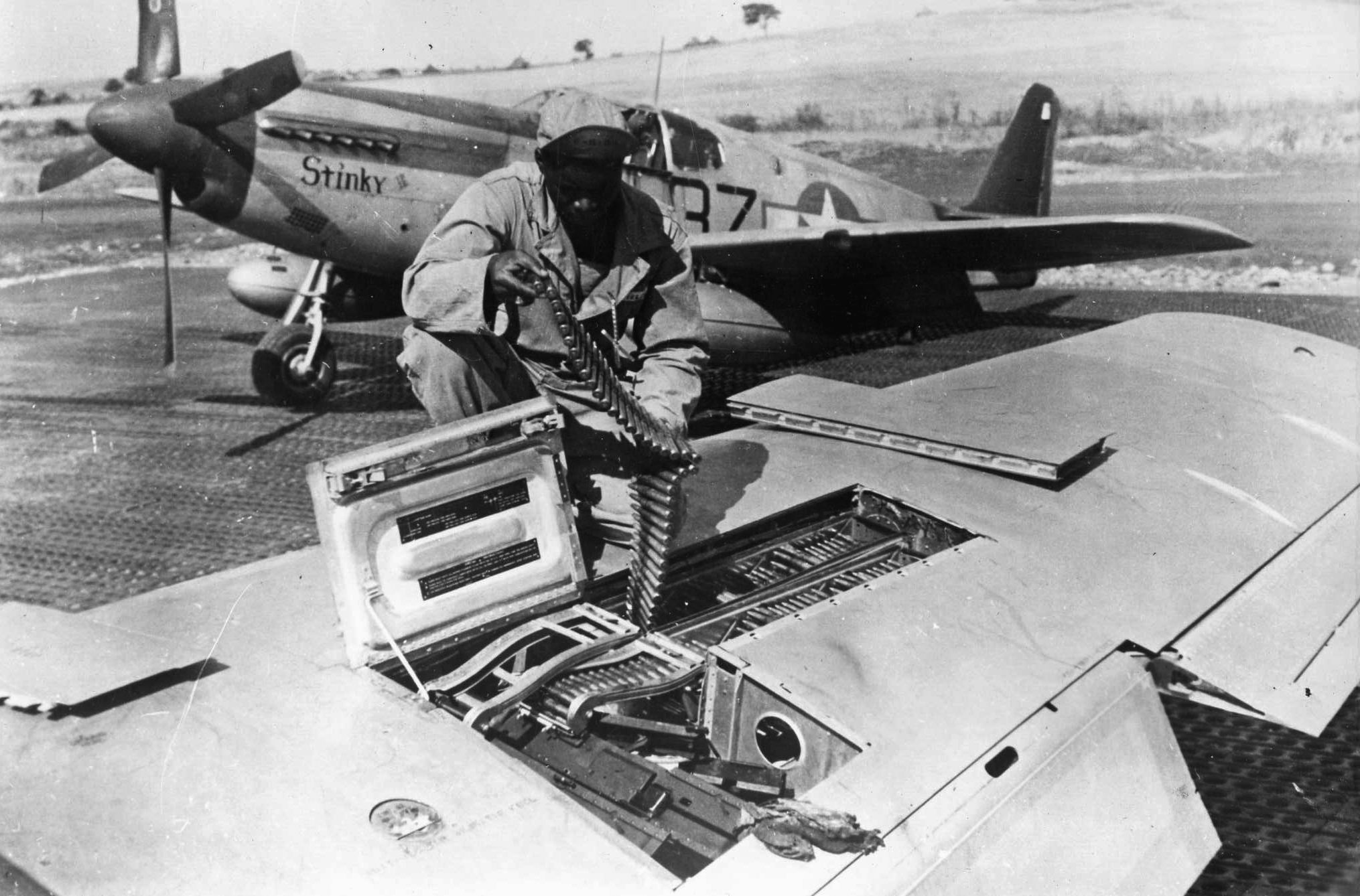
Donald Blakeslee: Advocate For Mustangs as Escort Fighters
Ironically, the decision to adopt the Mustang as the primary escort fighter did not come immediately after the adoption of the Merlin engine. Initially, the Merlin-powered P-51Bs were allocated to the tactical air forces that were being formed to support ground forces in Europe. The first P-51-equipped fighter group to see combat in Europe was the 354th Fighter Group, which arrived in England in October 1943 and was immediately assigned to the newly organized Ninth Air Force. The Ninth had previously been assigned to the Mediterranean, but the Allied victory in North Africa led to the unit’s transfer to England to become a tactical air force, with the mission of supporting the Allied ground forces when the invasion of Western Europe took place in mid-1944. Since the Ninth was scheduled to include a large number of fighter groups, the Eighth Air Force pressed for Ninth fighters to be temporarily assigned as bomber escorts.
In November 1943, Lt. Col. Donald Blakeslee, deputy commander of the 4th Fighter Group and one of the most experienced American fighter pilots in Europe, was sent to fly with the 354th Fighter Group. Blakeslee was a former RAF Eagle Squadron Spitfire pilot who had been flying Thunderbolts, and his lack of love for the P-47 was no secret. Whether he engineered the assignment to the 354th or was selected to evaluate the group’s P-51Bs is unclear; his enthusiasm for the highly maneuverable airplane is not. The main advantage of the new P-51 was the reduced fuel consumption of the Merlin engine compared with the radial engine P-47, which was then the primary escort fighter. The first Mustangs to arrive in England were fitted only with 184-gallon wing tanks, but the reduced fuel consumption of the Merlin engines increased their range substantially over similarly equipped P-47s. Plans were under way for the installation of an additional 85 gallons in a fuselage tank, while the hard points under the wings allowed an additional 150 gallons when two 75-gallon drop tanks were carried. Blakeslee believed the Mustang was the solution to the long-range escort problem, but all of the Mustangs were slated to go to the Ninth Air Force.
In the winter of 1943, Allied military planners in Europe were preparing for the invasion of Western Europe, followed by an advance toward Germany. Experiences in North Africa and New Guinea had revealed that air power served as what would come to be known as a “force multiplier,” an element that could aid ground commanders in the age-old endeavor of capturing territory.
The Ninth Air Force was a tactical unit, with the primary mission of supporting the theater commander, and a massive effort was under way to build up its force of fighter-bombers and light and medium bombers to support the ground forces. Once the troops were ashore in France, the war in Europe would turn from what had primarily been an air war against the Luftwaffe to a ground war, with the objective being the ultimate capture of Berlin and the defeat of Germany. The new Mustangs were seen as an ideal weapon for securing and maintaining air superiority over the battlefield and for taking the war to the enemy rear areas.
The Eighth Air Force Receives Their Mustangs
At this point military politics reared its ugly head, as Blakeslee and the leaders of VIII Fighter Command began maneuvering to have the Mustangs transferred to the Eighth. They saw the Eighth Air Force mission as strategic bombardment and recognized that if this mission was to succeed it was important to have a long-range escort fighter that could go with the bombers to their targets deep in Germany and fight at high altitude. Much of Western Europe was still in German hands at the time, and aerial bombardment of strategic targets was still seen as the primary mission for the air forces.
Their arguments fell on receptive minds in the Army Air Forces headquarters in England and won out. Preparations were begun to equip nearly all of the VIII Fighter Command squadrons with new Mustangs. In the meantime, IX Fighter Command P-51s (and other fighters) flew under the operational control of the Eighth Air Force and were used in the escort role. Three P-51 groups were scheduled to go to Ninth, but a compromise led to the assignment of one of these groups to the Eighth in return for the transfer of the recently arrived 358th Fighter Group and its P-47s to Ninth Air Force. VIII Fighter Command received the Mustang-equipped 357th and began making plans to convert all of its P-47 and P-38 groups to Mustangs.
There was one exception—the 56th Fighter Group was the first group to fly P-47s, and it remained with the Thunderbolt until the end of the war. The 56th, which had been nicknamed the Wolfpack because of the group’s reputation for hunting Germans like a pack of wolves, was the highest scoring American fighter group in the European Theater. The 56th finished the war with a total of 674 enemy aircraft claimed in the air and 311 on the ground. By contrast, Blakeslee’s 4th Fighter Group, which was the first Eighth group to convert to P-51s and was the longest in combat of any American fighter group in Europe, finished the war with 583 air-to-air kills and 469 strafing claims.
Although the 4th—which flew Spitfires and P-47s before making the transition to P-51s—was credited with a few more total aircraft destroyed, the P-47-equipped 56th was credited with almost 100 more air-to-air kills. So much for the oft-stated assertion that the fabulous P-51 was the “superior” fighter! The third highest scoring group, however, flew only Mustangs. The 357th Fighter Group was the first P-51 group in VIII Fighter Command. The group put in claims for 609 air-to-air kills and 106 destroyed on the ground.
Did the P-51 Win Allied Air Superiority Over Europe?
Many writers mistakenly advance the proposition that it was the appearance of the Mustang as an escort fighter that signaled the gaining of Allied air superiority in the skies over Europe. In fact, this was not the case. The advantage of the P-51 was that the later models had the range to go deeper into Germany than the P-47s, but the longer range Mustangs did not make their appearance in England until mid-spring of 1944. By this time the effectiveness of the Luftwaffe was already beginning to decline owing to a number of factors. Not the least of these was the interruption of petroleum supplies from refineries in Eastern Europe, prompted in large part by the advance of Soviet forces into the oil-rich Balkans, and the air campaign on transportation, including railroads and bridges. The first U.S. Army Mustangs used in Europe lacked the additional fuel tanks that gave the later models the range to go deep into Germany.
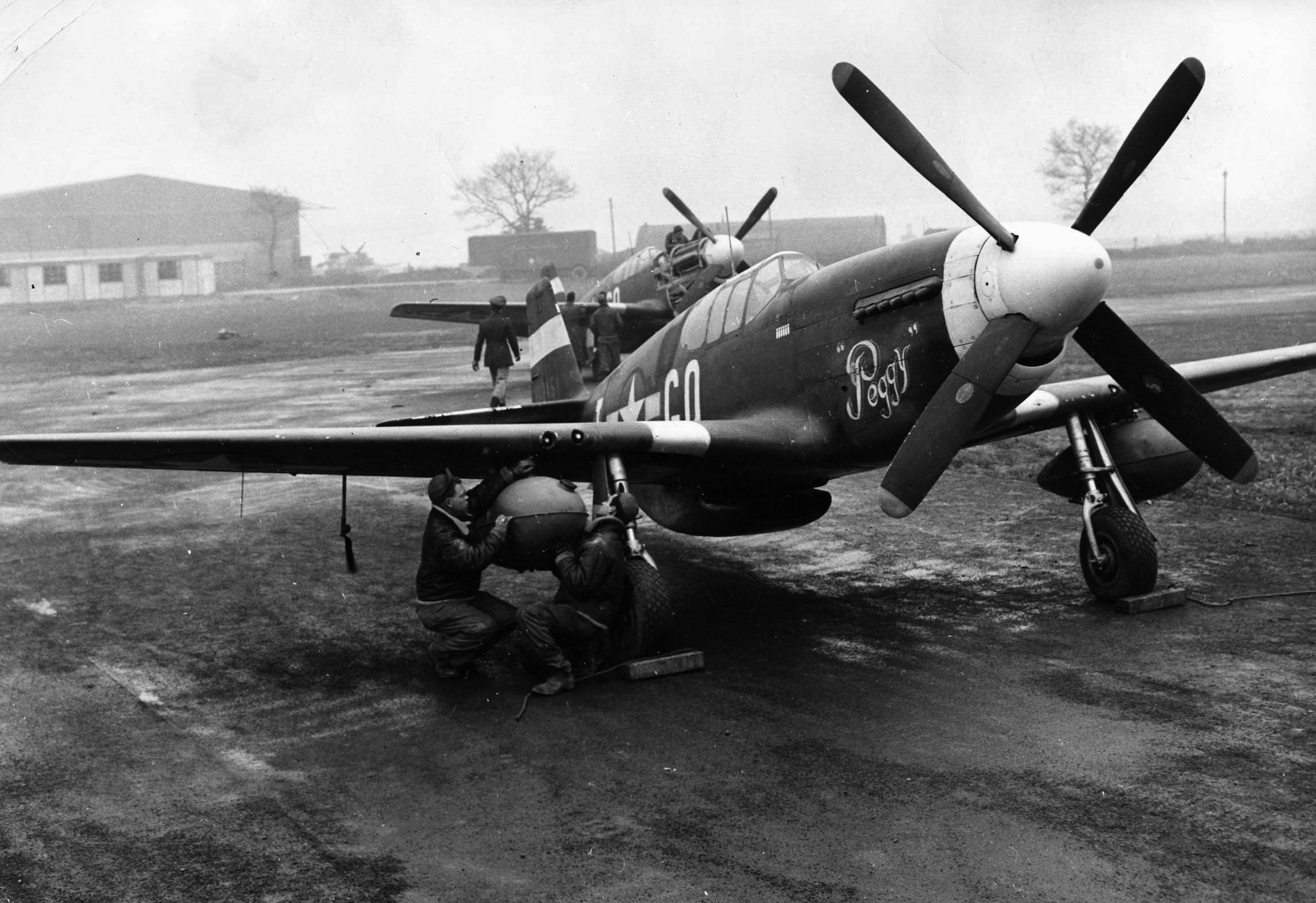
There was also another reason for the decline of the Luftwaffe. Throughout 1942 and 1943 German fighter pilots had pretty much steered clear of the Allied fighters, waiting just beyond their effective range and then going after the bombers as soon as their escorts reached their fuel limits and turned back. By the spring of 1944, the VIII Fighter Command had managed to extend the range of the P-38s and P-47s significantly through the addition of suitable external fuel tanks, and the escorts were able to go much deeper into German territory with the bombers. In fact, the twin-engine P-38s were able to accompany them all the way to Berlin. With the increased range of the fighters, VIII Fighter Command authorized them to drop down on the deck and attack the Luftwaffe airfields to destroy the German fighters on the ground as well as in the air. By the time P-51s were available in Europe in large numbers, the Allies were already gaining air superiority.
The modifications to the Mustangs to turn them into long-range fighters were not without problems. When the 85-gallon internal fuel tanks were added, test pilots discovered that full tanks affected the airplane’s control during combat maneuvers. To take advantage of the increased range, VIII Fighter Command was forced to fuel the fighters so that the tanks would have no more than 35 gallons in them when they reached the areas of likely combat. Since external tanks caused drag and were normally burned off first so they could be dropped, the stability problem reduced the effective range of the Mustangs. The stability problem was not the only problem with the Mustangs. They also experienced a lack of heating at high altitude, which had plagued the twin-engine P-38s during their early months in combat.
It is commonly believed that once the P-51s arrived in the European Theater, the P-47s were assigned solely to the fighter-bomber role while the Mustangs flew only escort. Such is not the case. With the appearance of the Mustangs, VIII Fighter Command adopted a strategy of assigning the more experienced P-47 groups to patrol the areas where the Luftwaffe fighters were most likely to hit the bomber stream while the longer legged P-38s and P-51s went all the way to the targets.
Mustangs as Ground Attack Aircraft
Mustangs were also used as fighter-bombers, especially after the Luftwaffe’s fighter squadrons were practically grounded because of lack of gasoline and oil. Thunderbolts and Lightnings continued flying escort missions until Mustangs replaced them in most VIII Fighter Command squadrons in the latter part of 1944. But the conversion did not take place until comparatively late in the war as more Mustangs became available. Thunderbolts and Lightnings continued to be the primary escort fighters in Europe until mid-1944. Ironically, at about the same time that Mustangs started appearing in European skies in large numbers, the air war moved down, as providing close air support for ground troops became the primary Army Air Forces mission.
While the Mustang became the primary escort fighter with VIII Fighter Command, P-51s were not absent from the tactical air commands of the Ninth Air Force. Brig. Gen. O.P. Weyland’s XIX Tactical Air Command included one group of Mustangs when it went operational on July 31, 1944, to support General George S. Patton’s Third Army, and other Mustang groups transferred in and out as operational needs changed. The Mustang faced a major drawback when it came to low-altitude attack. The liquid-cooled Merlin engines made the P-51s more vulnerable to ground fire than the radial-engine P-47s, so they were often assigned to fly fighter cover over the battlefield to protect against German aircraft.
Thunderbolts were equipped with two more machine guns than Mustangs and were thus more suited for attacks on German armor and other ground targets. Still, the P-51s flew their share of ground attack missions, using their six .50-caliber machine guns to strafe and fire rockets and drop bombs and napalm. Eighth Air Force Mustangs often transferred to Ninth Air Force control, particularly during the battle to regain the Allied initiative during the German Ardennes offensive in the winter of 1944-1945.
The Red Tails of the Tuskegee Airmen
Mustang-equipped groups entered combat with the Fifteenth Air Force from Italian bases in the late spring of 1944 when three groups that had been flying P-40s received P-51s. The 52nd Fighter Group of the Twelfth Air Force traded in Spitfires for Mustangs as well. A fourth Fifteenth Air Force group that received P-51s was the controversial 332nd Fighter Group, an all-black unit popularly associated with the Tuskegee Airmen, that had most recently flown P-47s. Group pilots painted their airplane tails red, making them easily identifiable to both friend and foe. Group members would later claim that they “never lost a bomber” while flying escort missions, although the qualifications for such a claim are somewhat murky.
Standardizing the P-51
With the appearance and acceptance of the Merlin-powered Mustangs, the Army Air Forces began making plans to eliminate production of other types in an effort to standardize maintenance and supply roles. But all of the combat commanders were not as enthusiastic about the Mustang as was VIII Fighter Command’s Brig. Gen. William Kepner. When notified by Headquarters, U.S. Army Air Forces that his command’s P-38s and P-47s were slated to be replaced by P-51s, Far East Air Forces commander Lt. Gen. George C. Kenney flatly said “No!” Early in the war, Kenney had told General Henry H. Arnold that he really did not care what kind of airplanes he received in his theater, but as the war continued he developed a preference for the twin-engine P-38.
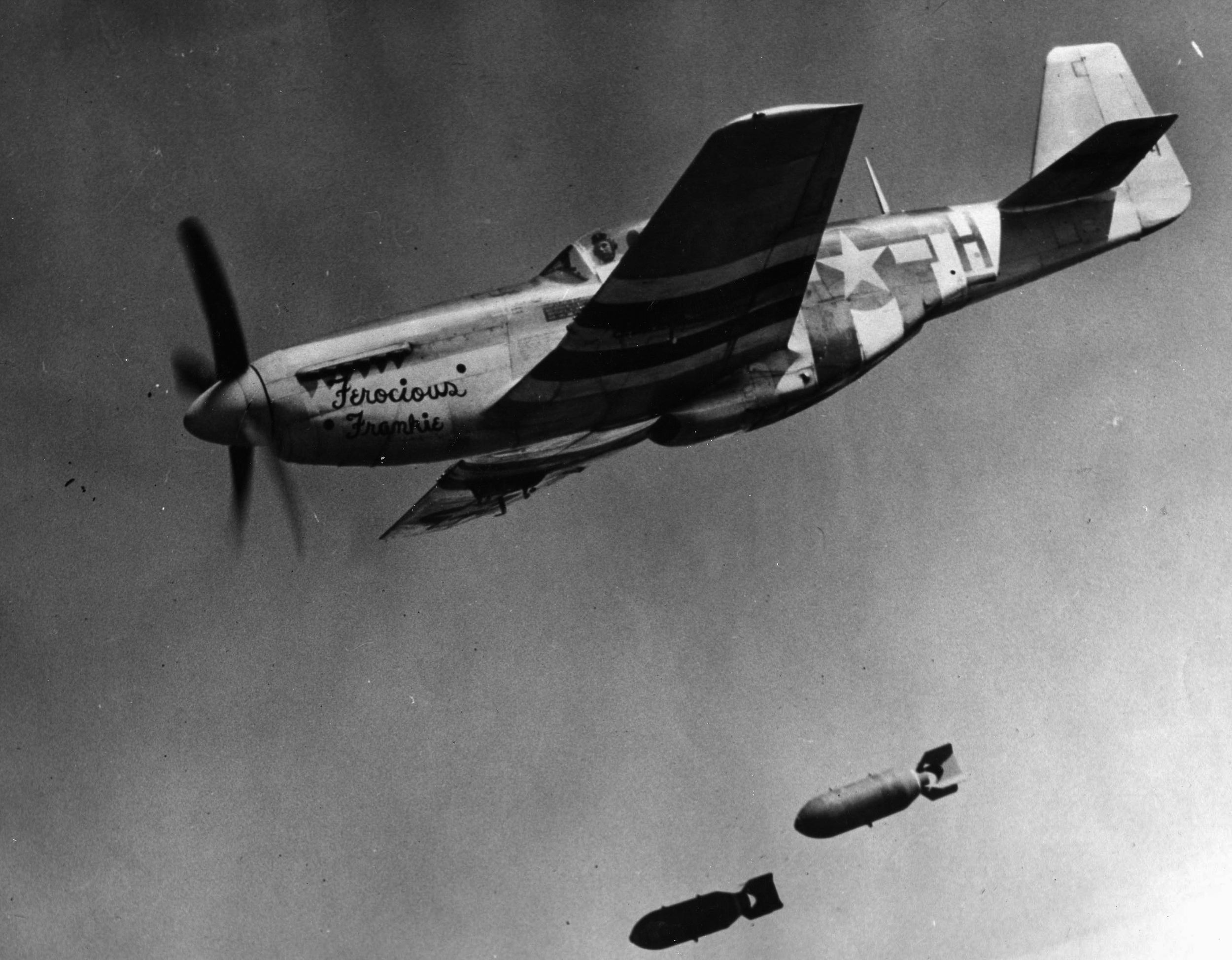
Kenney commanded a theater that included a great expanse of water, and he felt that the second engine on the P-38 gave his pilots a chance at returning home that the P-51 failed to offer. Furthermore, Fifth and Thirteenth Air Force P-38s in the Pacific had been doing a pretty good job of shooting down Japanese airplanes since they made their combat debut at the end of 1942. By mid-1944, Far East Air Forces P-38s were flying 700-mile missions, distances far greater than any encountered in Europe. The P-38 remained the fighter of choice in Far East Air Forces until the end of the war.
In spite of General Kenney’s initial refusal to accept Mustangs as replacements in his veteran fighter squadrons, some newly arriving units were equipped with the P-51. In early 1945, the 460th Fighter Squadron joined the P-47- equipped 348th Fighter Group with P-51s, and the rest of the group began making the transition to the more maneuverable fighter. The first Mustangs in the Southwest Pacific were actually F-6D reconnaissance airplanes that began operations in late 1944 with the 82nd Reconnaissance Squadron.
Mustangs in the Pacific
A few days after entering combat, Captain William Shomo, the squadron commander, was on a photography flight when he and his wingman encountered a formation of 13 Japanese aircraft, a bomber and 12 fighter escorts. Although both Shomo and his wingman, Lieutenant Paul Libscomb, were rookies with no combat experience, they managed to shoot down the bomber and 10 of its escorts. For their actions, Shomo received the Medal of Honor and Libscomb the Distinguished Service Cross. Other Mustangs operated in the Southwest Pacific with the 3rd Air Commando Group.
Air Commandos also brought Mustang fighters to the China-Burma-India Theater, where the P-51 played a major role with the Fourteenth Air Force during the final year of the war. After initially supporting British long-range ground operations in Burma, the Air Commando Mustangs were used primarily for ground attack, particularly against Japanese airfields and supply routes. The Air Commando Mustangs were not the first in the CBI, however. The agile fighters entered service in the theater in mid-1943 when the 311th Bombardment Group arrived with two squadrons of A-36s and one of early model Allison-equipped P-51As. They were joined by the 8th Photo-Reconnaissance Group, which flew the F-6 version of the airplane. Mustangs later replaced Curtiss P-40s in the famed 23rd Fighter Group, the Army Air Corps unit that replaced the American Volunteer Group known as the Flying Tigers, in early 1942 after the United States entered the war.
During the final months of the war, the Army Air Forces also began assigning P-51s to the Central Pacific to provide escort for Boeing B-29 Superfortresses flying long-range bombing missions over the Japanese home islands from their bases in the Marianas. To secure a forward base for the P-51s, U.S. Marines landed on Iwo Jima, an island 660 miles southeast of the Japanese home islands. The first mission over Japan took place on April 29, 1945, when 108 P-51s escorted B-29s. Mustangs were also based on Okinawa, whence they joined other American fighters and ground attack aircraft on sweeps over Japan.
The Ever-Evolving P-51 Mustang
As the first customer for the Mustang, the British Royal Air Force continued to use the type in a variety of roles throughout the war. After their initial use as reconnaissance aircraft, RAF Mustangs served as escort fighters and ground attack aircraft in Asia as well as Europe and the Mediterranean. Mustangs also served with the Royal Australian Air Force, the Royal Canadian Air Force, the Netherlands East Indies Air Force, and the South African Air Force, although the SAAF was operational only in the final weeks of the war.
Ironically, the feature that made the Lockheed P-38 the favored fighter in the Southwest Pacific led North American to propose the development of a twin-engine version of the Mustang. North American carried its design a bit further than Lockheed and added a second pilot. Essentially, the Twin Mustang, designated by the U.S. Army as the F-82, was two P-51 fuselages joined together with a short wing and single stabilizer connecting the two. Production began in early 1945, but only 20 had been produced by war’s end.
Author Sam McGowan is also a pilot. He resides in the Houston, Texas, area.
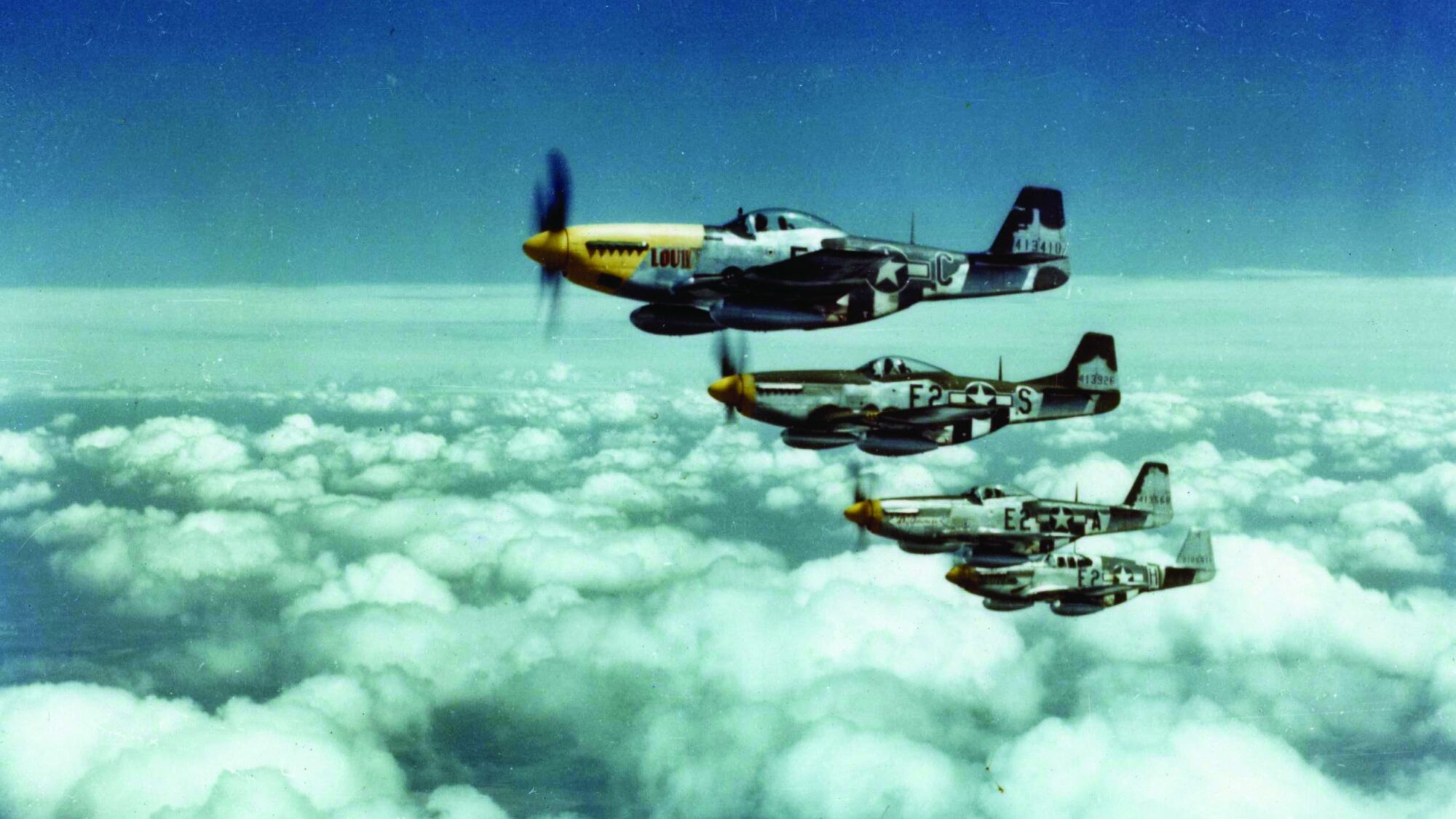
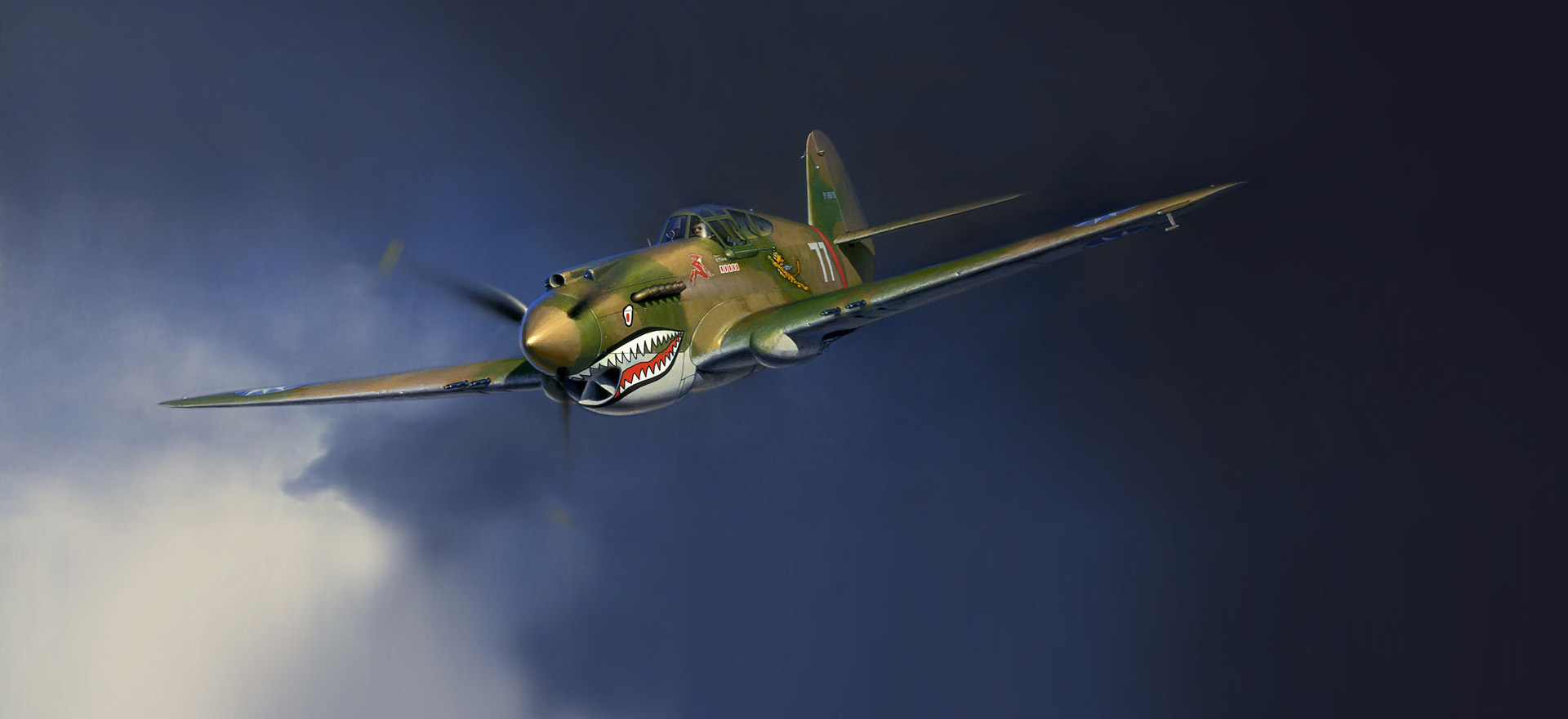
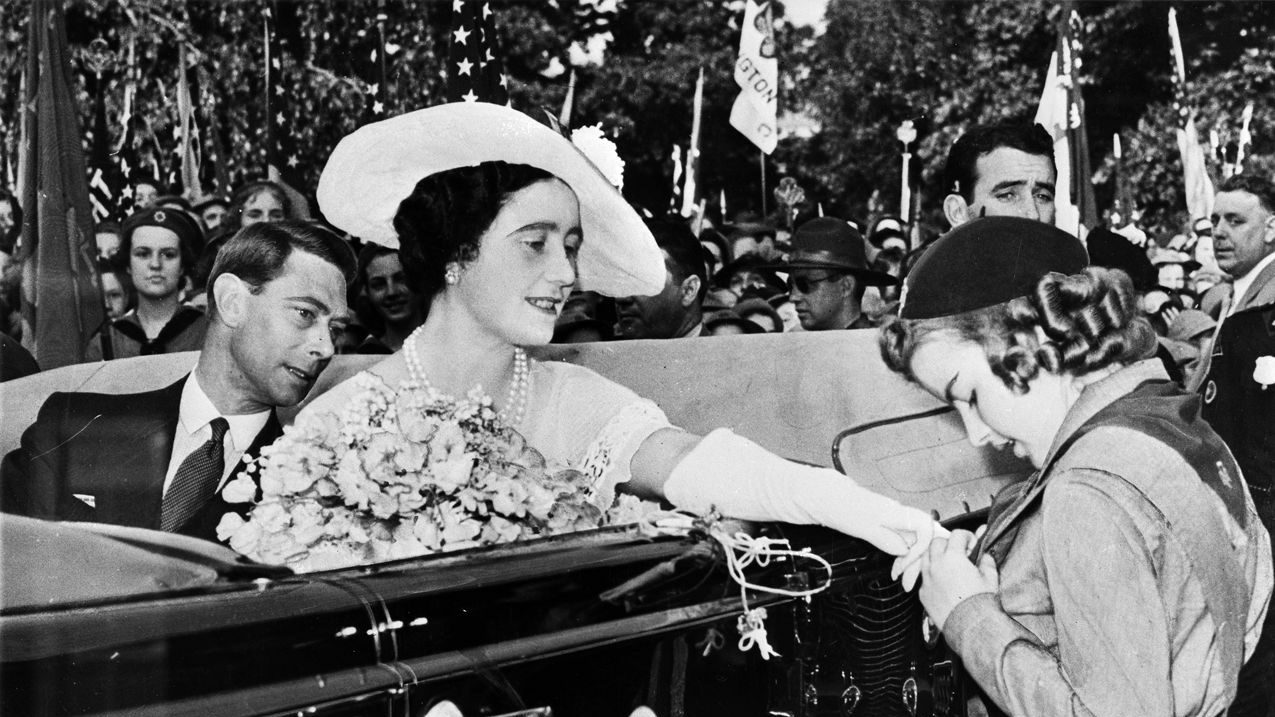

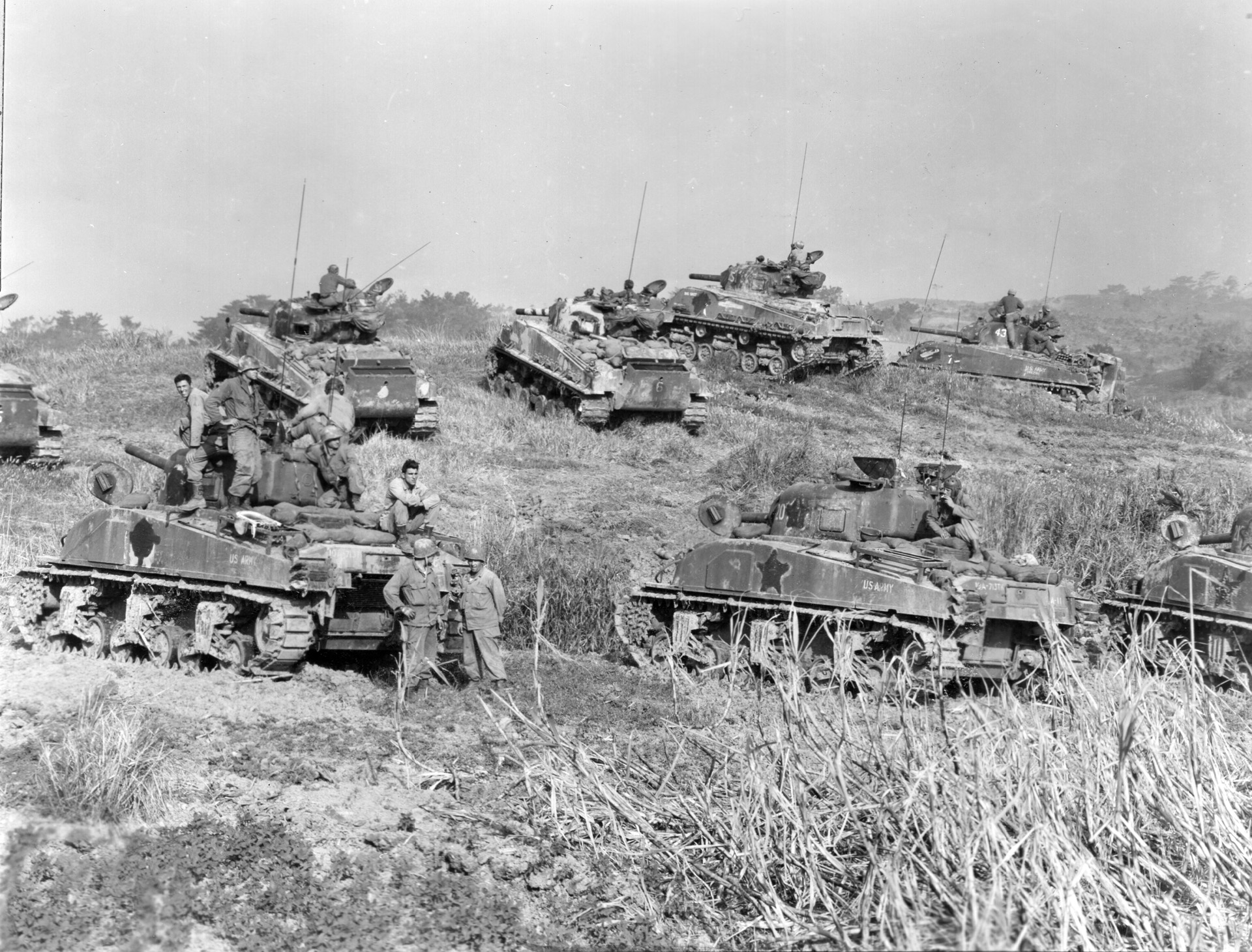
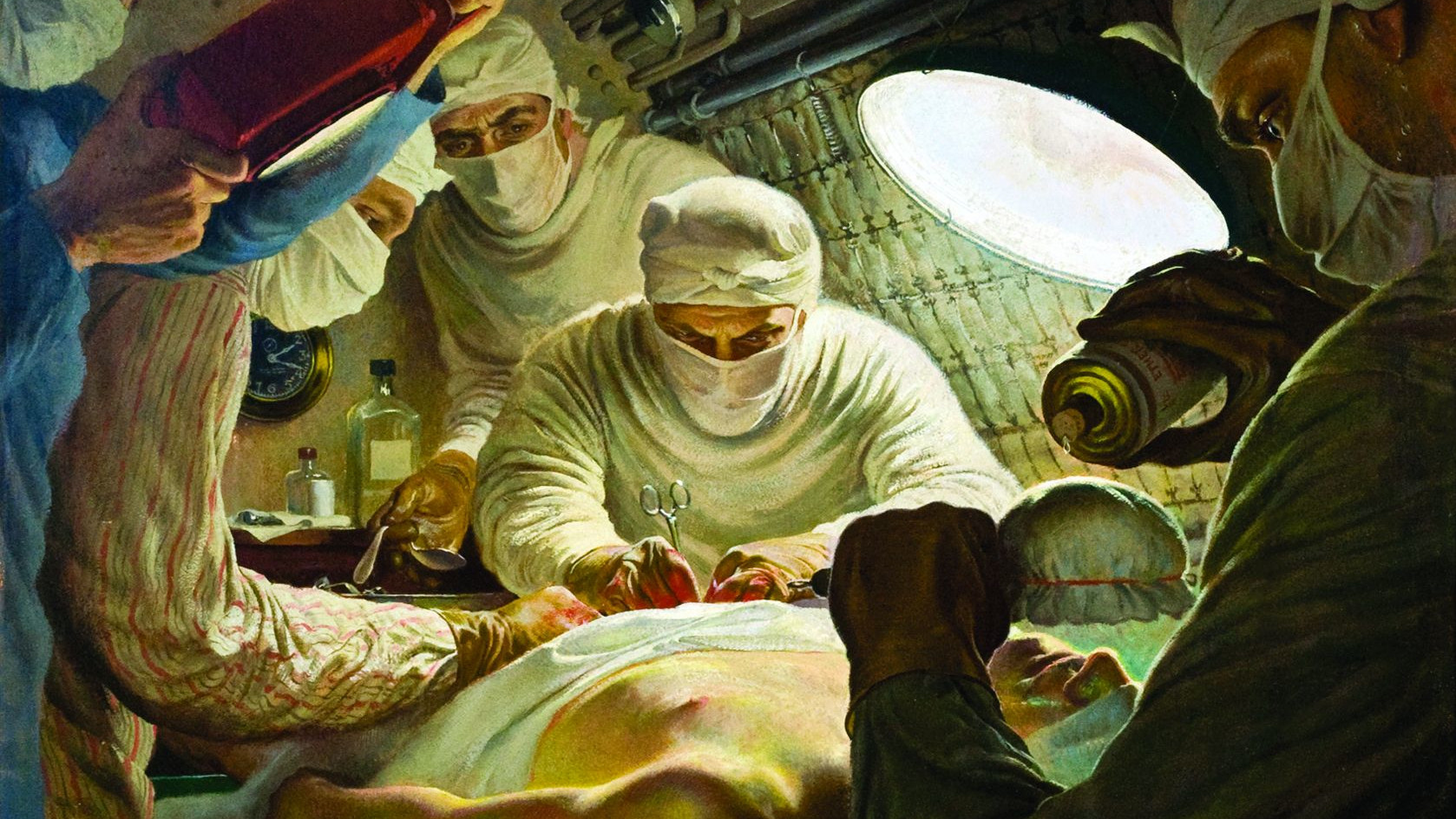
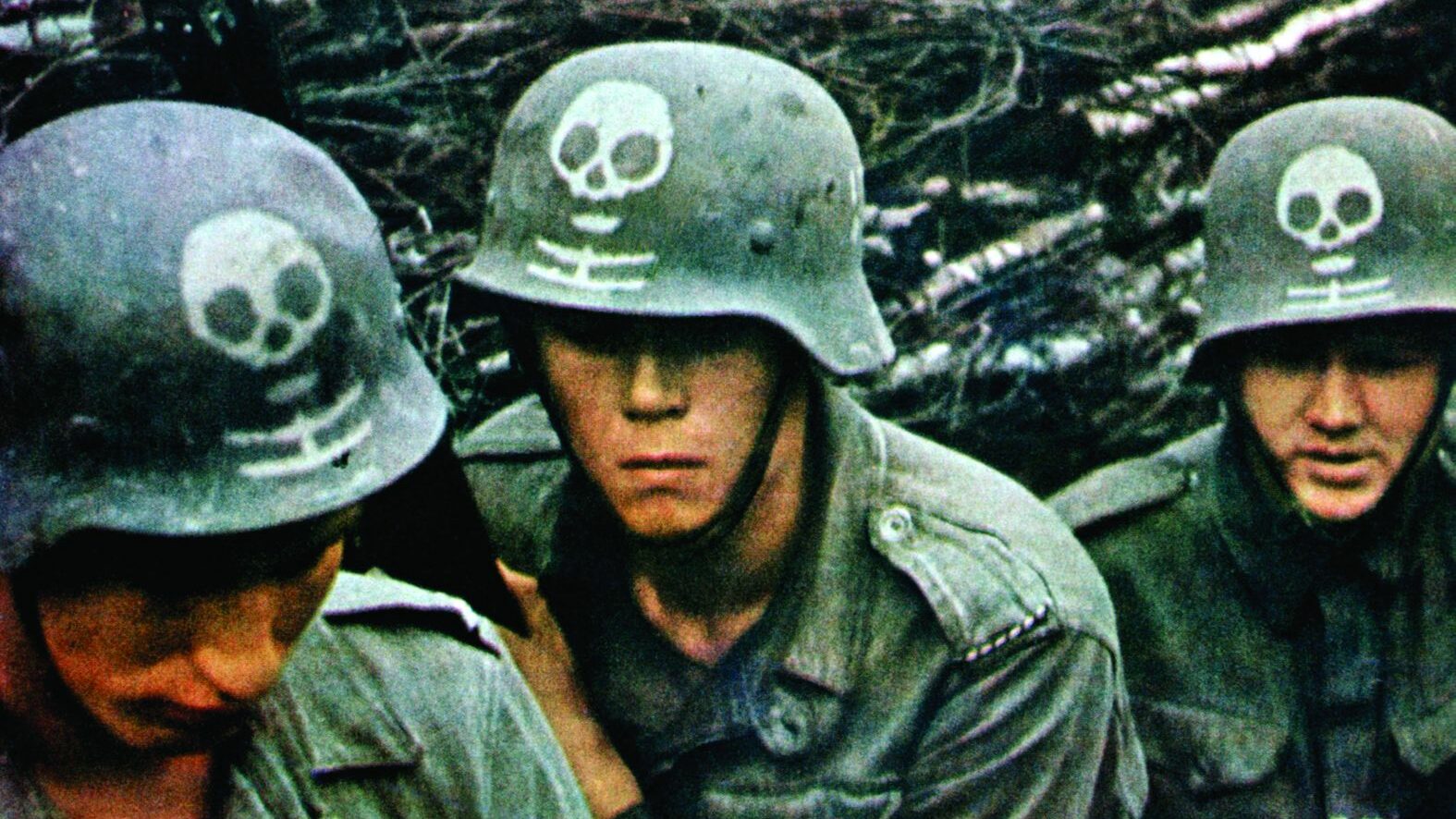
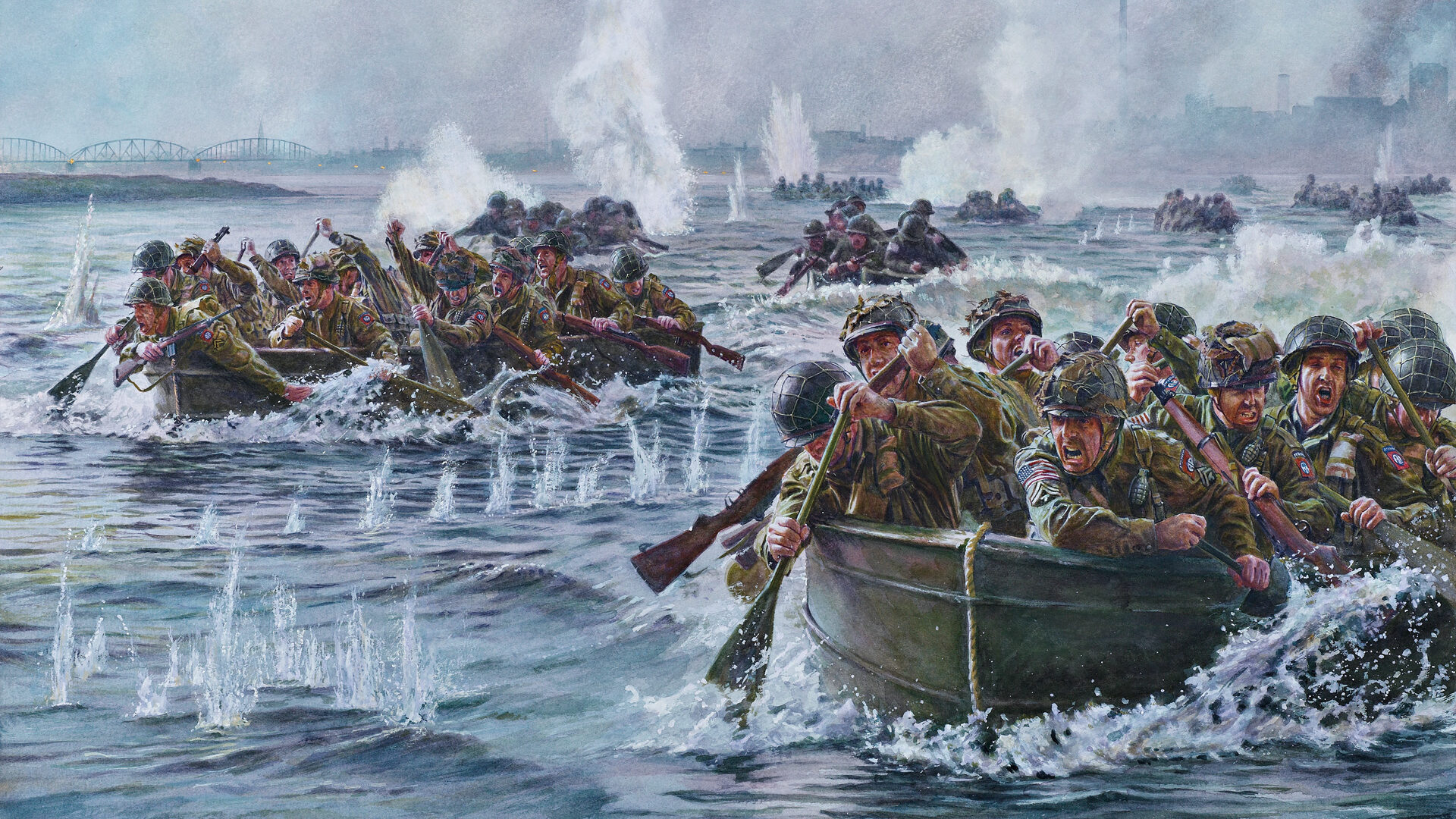
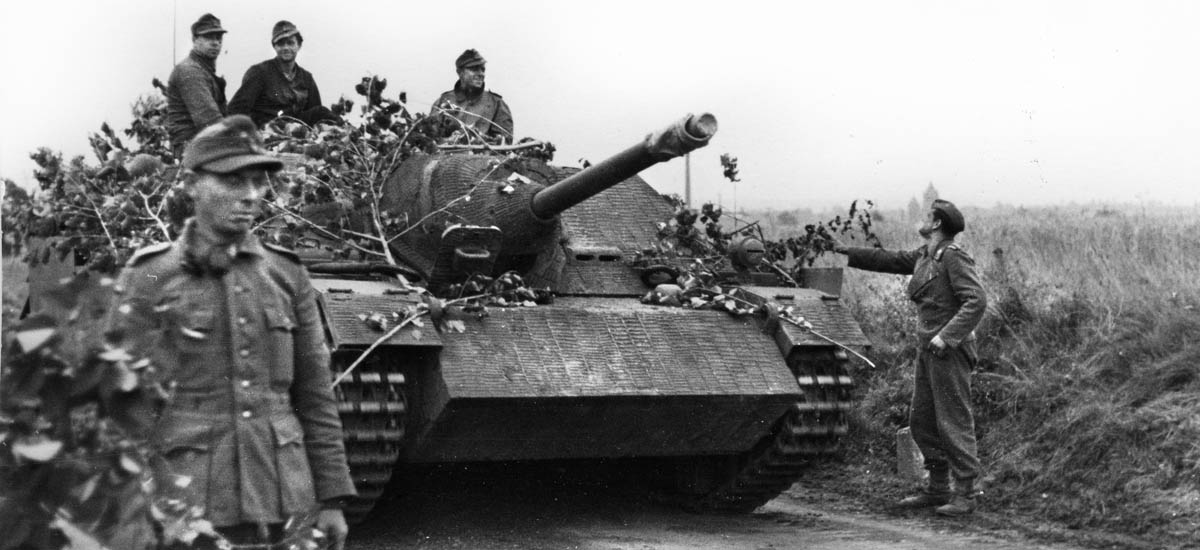
The sole reason there were more P-47 kills is p-47 squadrons arrived in February 1943 and the Mustangs didn’t arrive until February 1944. If you break it down into kills per sortie the Mustang is far superior. If you look at ” big week ” in February 1944 you can see how few Mustangs were available. On February 21st 1944 we put 542 B-47 and only 68 Mustangs. Those P-47s claimed 19 air-to-air victories and the Mustangs claimed 14 which is a far superior number per airplane. February 25th 687 B-47 flew claiming 14 and only 149 Mustangs flew claiming 12. Again a far superior ratio. From that point until the end of the war all or almost all new fighter squadrons were equipped with the P-51D. The only P-47s arriving after that point we’re replacement aircraft if the dwindling number of P-47 Squadron as more and more of them converted to the Mustangs.
The P-47 was a fearsome weapon but the P-51 B Mustangs were clearly Superior in air-to-air combat. They had far more victories per sortie band The Jugs.
The Alison V-1710 engine in the first Mustangs was not “normally aspirated”, all production V-17129’s had a single stage gear driven centrifugal flow turbo supercharger mounted on the rear of the engine bloc, originally purposed as the second stage for the expected installation of the General Electric EXHAUST driven turbo -supercharger (now commonly known as aTURBOCHARGER).
The Rolls -Royce Merlin’s turbosupercharger was also gear driven, two speed single stage , in the early models, and then two speed two staged, in the latest ones, as installed in the later Mustangs, Spitfires and Mosquitos. The photo recon Spitfires and Mosquitos with these engines were so capable at extremely high altitudes that they were the first production WW 2 aircraft to be built with pressurized cockpits, even before the B-29.
The high performance of the Packard/ Merlin V-1690 engine, and the superior aerodynamics and fuel capacity of the Mustang airframe, enabled it to match or exceed the capabilities of the Thunderbolt and the Corsair with a much smaller engine, much lower fuel consumption, and lower unit cost…